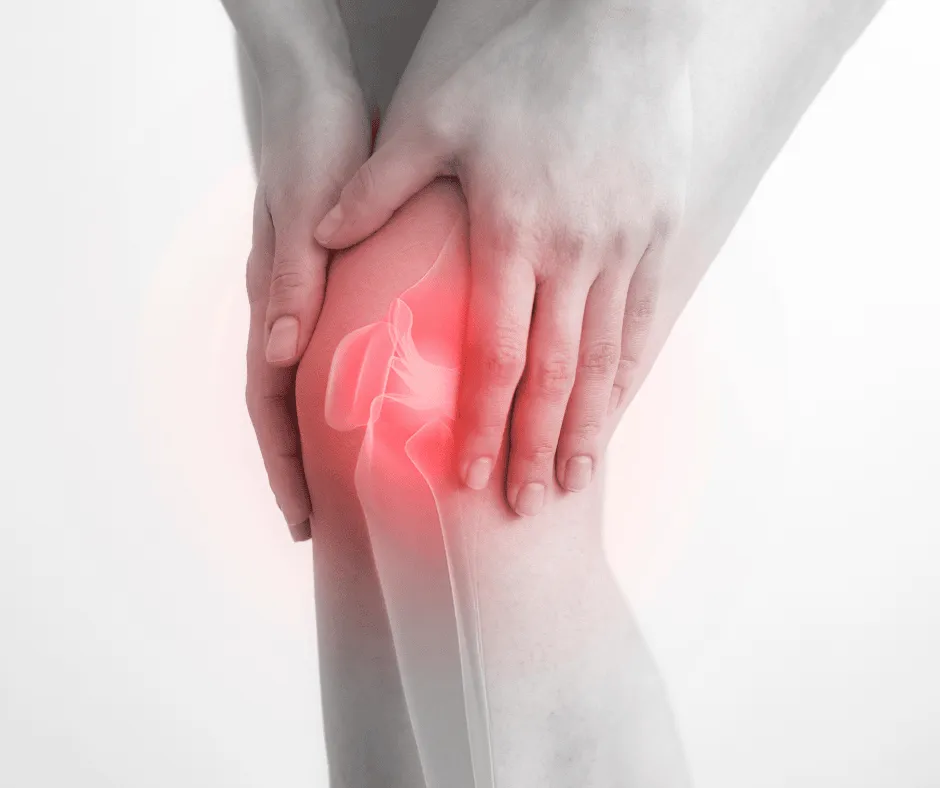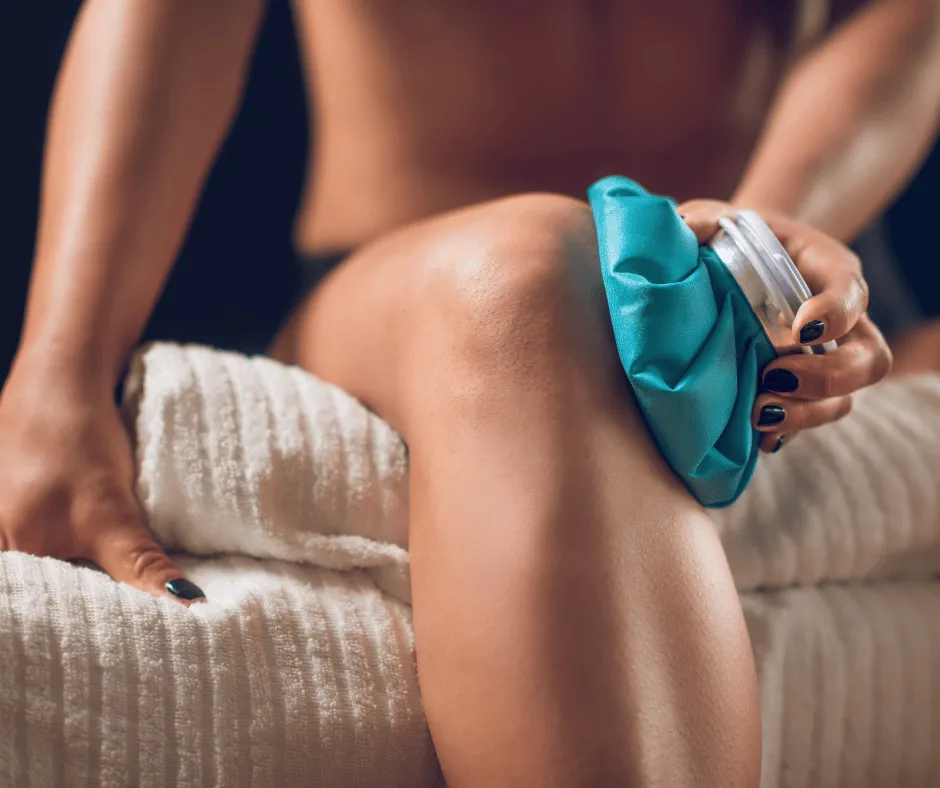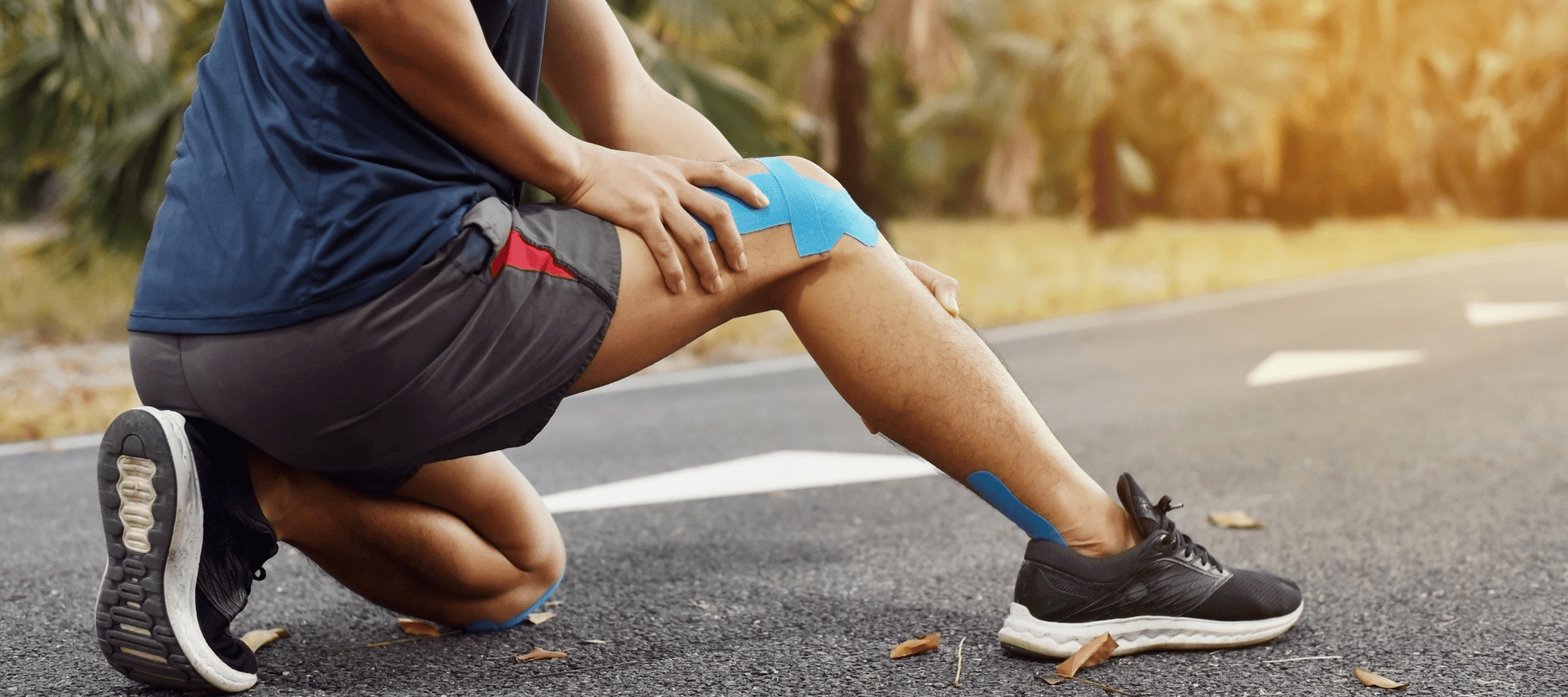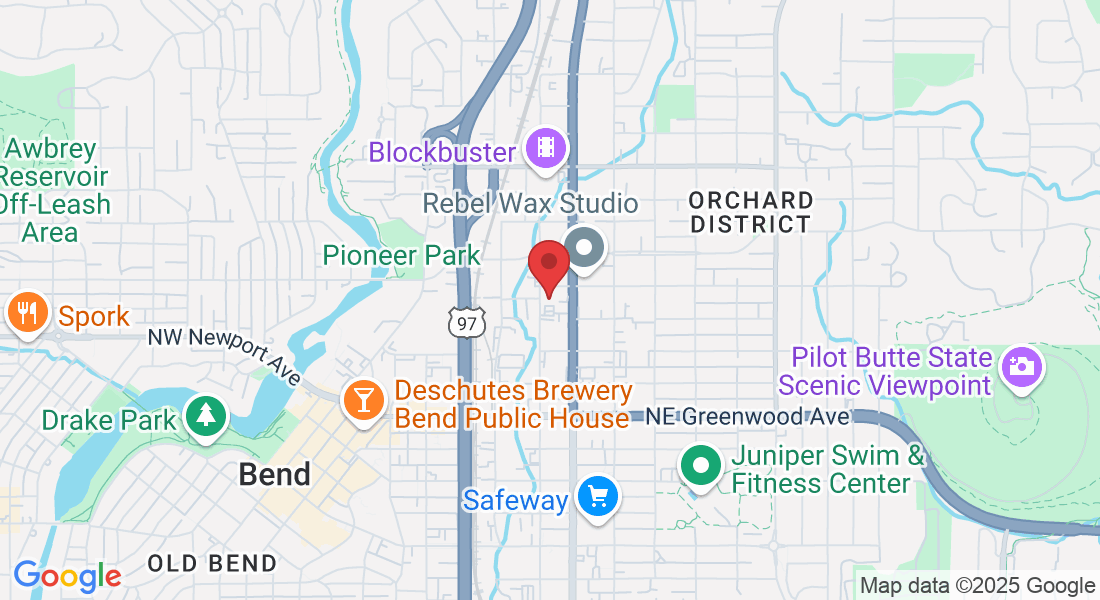Knee Pain Relief
Your Pathway to Knee Pain Relief
In the journey of life, knee pain can often emerge as an unwelcome companion, causing discomfort to people of various ages. From young athletes to active seniors, knee pain is a widespread issue that doesn't discriminate. It may be born out of a sudden injury, like a torn ligament or ruptured cartilage, or it could be the byproduct of a medical condition such as arthritis, gout, or even an infection.
Thankfully, minor knee pain often responds positively to strategies such as physical therapy, using knee braces, maintaining a healthy lifestyle, and can often provide significant relief. Here at PhysioFit, we understand that your journey to pain-free living is unique. We're here to provide customized, evidence-based treatments with a fitness-based approach to alleviate your knee pain effectively, helping you return to your everyday activities.
What You Should Know
Aging, injury, or recurring stress on the knee are the leading causes of knee pain.
Prevalent knee issues encompass sprains or strains in ligaments, cartilage tears, tendonitis, and arthritis.
A proper diagnosis of a knee problem involves a thorough evaluation from a professional or a medical examination, supplemented by diagnostic procedures such as MRIs, CT scans, X-rays, or arthroscopy.
Depending on the type and severity of the condition, both non-operative and surgical treatments are available to alleviate knee pain and problems.

4 of the Most Common Knee Problems
The knee, a complex and integral joint in the human body, can be prone to several issues. These complications often result from natural aging, consistent stress on the knee joint, or an injury. Let's discuss four of the most common knee problems:
Strained or Sprained Knee Ligaments and Muscles: Often the result of a sudden blow or twist to the knee, strains or sprains affect the ligaments and muscles in your knee. The typical symptoms include pain, swelling, and difficulty in walking.
Torn Cartilage: Our knees consist of menisci, which are pads of connective tissue acting as shock absorbers while providing stability. These can tear due to knee trauma, often coinciding with sprains. The usual treatment ranges from wearing a supportive brace to undergoing surgery, depending on the severity of the tear.
Tendonitis: This refers to the inflammation of tendons from overuse during activities like running, jumping, or cycling. An example is patellar tendonitis, also known as "jumper's knee." It's common among sports enthusiasts who partake in high-impact activities like basketball, where the repeated force of landing can strain the tendon.
Arthritis: Osteoarthritis, the most common type affecting the knee, is a degenerative condition where the joint cartilage wears away gradually, often affecting middle-aged and older individuals. Excessive stress on the joint, due to repeated injury or being overweight, can cause it. Another form, Rheumatoid arthritis, can cause inflammation and destruction of the knee cartilage, often affecting individuals at a younger age than osteoarthritis does.
Remember, if you resonate with any of the symptoms or conditions mentioned, we highly recommend making an appointment with us for a thorough evaluation and personalized treatment plan.
Preventing Knee Pain
While it might be impossible to completely avoid knee pain, these strategies can aid in averting injuries and slowing down joint wear:
Maintain a Balanced Weight: Keeping your weight in check is one of the most beneficial actions for your knees. Each extra pound exerts additional stress on your joints, heightening the likelihood of injuries and osteoarthritis.
Condition Yourself for Sports: To equip your muscles for the rigors of sports activities, incorporate conditioning exercises into your routine.
Aim for Perfection in Practice: Strive to perfect your technique and movement patterns for any sport or physical activity. Professional coaching can be valuable in this aspect.
Strengthen and Flex: Weak muscles often precipitate knee injuries. Strengthening your quadriceps and hamstrings, which are front and back muscles of your thighs, will help bolster your knee support. Engage in balance and stability training for more effective muscle coordination around your knees.
Remember, tight muscles can also lead to injuries, so flexibility exercises should be a regular part of your workout regime.
Exercise Wisely: If you're dealing with osteoarthritis, chronic knee pain, or frequent injuries, you may need to reconsider your exercise methods. Contemplate shifting to swimming, water aerobics, or other low-impact activities. At times, simply limiting high-impact activities can result in substantial relief.

Common Symptoms of Knee Pain
Inflammation and rigidity
A reddish hue and a warm feeling when touched
Sounds of popping or crunching
A sense of weakness or lack of stability
Difficulty in fully extending the knee
Remember, if you resonate with any of the symptoms or conditions mentioned, we highly recommend making an appointment with us for a thorough evaluation and personalized treatment plan.
Please Note: The information provided on our website is intended for general education and is not a substitute for professional medical advice. Each individual's situation and body is different. Therefore, what may work for one person may not work for another. We care about your well-being and advise you to reach out to us to discuss your specific needs before implementing any advice from our website.
Your Source for All Things Physical Therapy in Bend Oregon
The PhysioBlog

Top 5 Mistakes After Knee Replacement
Top 5 Mistakes After Knee Replacement
Please Note: The information provided on our website is intended for general education and is not a substitute for professional medical advice. Each individual's situation and body are different. Therefore, what may work for one person may not work for another. We care about your well-being and advise you to reach out to us to discuss your specific needs before implementing any advice from our website. If you’d like to explore this more or would like to schedule a time with a physical therapist in Bend Oregon, contact us at PhysioFITBend.com
Introduction
Navigating Knee Replacement Recovery in Bend, Oregon
In Bend, Oregon, knee replacement surgery is more than a medical procedure; it's a journey towards a pain-free, active lifestyle. At PhysioFIT, we understand this journey intimately. While knee replacement can be life-changing, the path to recovery is critical. Missteps can delay healing and impact outcomes. This article explores the top five mistakes to avoid after your surgery, ensuring your recovery is as effective and smooth as possible.
Mistake 1: Overlooking Post-Surgery Lifestyle Adjustments
Preparing Your Home and Life for Recovery
Adapting your living space for post-surgery recovery is crucial. Many patients underestimate the limitations they'll face immediately after surgery. At PhysioFIT, we encourage patients to consider home modifications, such as arranging a ground-floor living space and preparing easy-access meal options. We provide personalized consultations to help our Bend community prepare their homes and lives for the recovery phase.
Mistake 2: Inconsistent Pain Management
Effective Pain Control: A Cornerstone of Recovery
Managing pain is not just about comfort; it's about enabling active participation in rehabilitation. Irregular use of prescribed pain medication can lead to a debilitating cycle of discomfort and hindered mobility. At PhysioFIT, our pain management strategies are tailored to each individual, ensuring a balance between relief and recovery.
Mistake 3: Neglecting Physical Therapy and Exercise
The Role of Rehabilitation in Knee Recovery
Physical therapy is the bedrock of successful knee replacement recovery. Skipping sessions or not fully committing to the exercise regimen can result in stiffness and reduced mobility. Our PhysioFIT experts design customized therapy plans, keeping in mind the unique lifestyles of our Bend clients, ensuring that each step in the therapy process is both manageable and effective.

Mistake 4: Rushing Back into Activities
Finding the Right Pace for Activity Post-Surgery
The eagerness to return to normal life can lead to overexertion, causing setbacks in recovery. Understanding the fine line between necessary activity and overdoing it is essential. Our PhysioFIT team guides patients in gradually resuming activities, balancing rest and movement to foster optimal healing.
Mistake 5: Skipping Pre-Surgery Conditioning
The Impact of Prehab on Recovery Outcomes
Pre-surgery conditioning, or prehab, plays a significant role in enhancing post-surgery recovery. Building strength and flexibility prior to surgery can lead to better post-operative outcomes. Our prehab programs at PhysioFIT are designed to prepare your body for the demands of surgery and speed up the recovery process.
Conclusion
Join PhysioFIT for a Successful Knee Replacement Journey
Avoiding these five common mistakes can significantly influence your recovery after a knee replacement. Remember, each decision and action during your recovery can greatly impact the overall success of your surgery. If you're in Bend, Oregon, and preparing for or recovering from knee replacement surgery, PhysioFIT is here to guide you every step of the way. Visit PhysioFIT or call us to schedule a consultation. Let's work together towards a successful recovery and a return to the active, pain-free life you love.
Frequently Asked Questions
Navigating Common Concerns After Knee Replacement
What is the most commonly reported problem after knee replacement surgery?
The most commonly reported issue is stiffness or limited range of motion in the knee. Regular physical therapy and exercises are crucial to prevent and address this problem.
What can you never do after knee replacement?
High-impact activities such as running, jumping, or contact sports are generally discouraged after a knee replacement as they can put excessive stress on the new joint.
What are the red flags after total knee replacement?
Red flags include severe pain that doesn’t improve with medication, significant swelling, redness around the surgery site, fever, or any signs of infection. Any of these symptoms should prompt immediate medical consultation.
What is the maximum bend after knee replacement?
The goal is typically to achieve a range of motion close to 115 degrees, which is sufficient for most daily activities. However, the maximum bend can vary based on individual factors and the type of replacement used.
Please Note: It's important to note that any exercises or techniques that are shared should be performed under the guidance of a qualified physical therapy expert to ensure correct technique and to prevent injuries. A physical therapist can provide a customized exercise program based on the individual's fitness level, goals, and any existing injuries or conditions. If you’d like to explore this more or would like to schedule a time with a physical therapist in Bend Oregon, contact us at PhysioFITBend.com
Copyright PhysioFIT 2025 . All rights reserved


